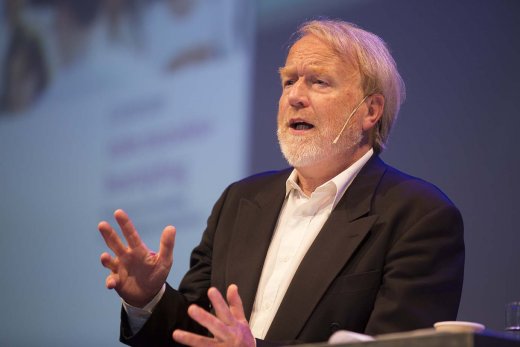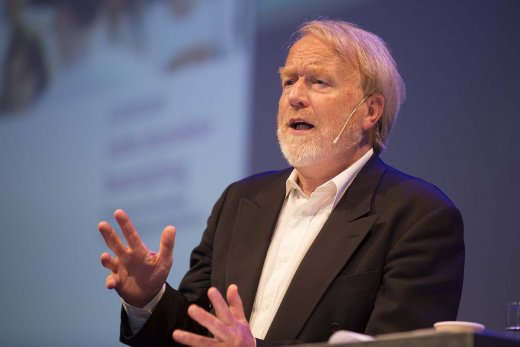06/08/2018
SensUs Interviews: Jaap van Dissel
We spoke with Jaap van Dissel, Director of the Centre for Infectious Disease Control of the Dutch National Institute for Public Health and the Environment (RIVM). He studied Medicine at the University Leiden and he is currently Professor of Internal Medicine at Leiden University Medical Center.
RIVM and antibiotics
The RIVM is The Dutch National Institute for Public Health and the Environment. It conducts research and provides advice to government bodies and the public. The RIVM is a trusted advisor to the ministries, in particular the ministry of public health, welfare and sports (VWS), and it gives science evidence-based advice in many topics including the field of antibiotics. In this latter field, the RIVM reports on the use of antibiotics and occurrence of antimicrobial resistance across the country, including the fields of both human and animal health.
Antibiotic resistance is one of the major threats to society. In the Netherlands, compared to other countries, there are strict policies, good hospital hygiene and good personal hygiene. This results in a relatively low occurrence and spread of antibiotic resistance in the Netherlands. Countries in Southern Europe count up to 3 to 4 times more daily doses of antibiotics per 1000 inhabitants. This higher usage of antimicrobials results is a stronger selective pressure and higher prevalence of antibiotic resistance in health care facilities.
Antimicrobial stewardship
Antimicrobial stewardship refers to programs that promote the appropriate use of antimicrobials (including antibiotics), in order to improve patient outcomes, reduce microbial resistance, and decrease the spread of infections caused by multidrug-resistant organisms. Part of antibiotic stewardship is to give patients the optimal selection and dose of antibiotics (adjusted to kidney function, site of infection, etc), with the best possible clinical outcome, minimal toxicity and minimal impact on resistance.
In this respect, biosensors that can detect precisely the concentration of antibiotics in a patient’s blood or at the site of infection (e.g. urine) will be a most helpful tool to further antibiotic stewardship.
Biosensors for antibiotics
Currently, when a patient receives antibiotics in a hospital, the dose is based on general parameters like body weight, length, age and gender. In complicated infections, e.g. endocarditis or meningitis, or when specific antibiotics like vancomycin are used, blood from the patient is analyzed to determine the concentration levels of the drug in the blood.
This is done in a laboratory and therefore it can take one or two days for the results to get to the doctor. Based on the results, the doctor determines if the concentration is too high or too low and adapts the dose. In the meantime, the patient may have had a non-optimal drug level. A too high concentration may give problems of toxicity, e.g. kidney damage. A concentration that is too low will not have optimal clinical outcome and also increases the risk of antibiotic resistance.
With the help of a biosensor, a doctor could rapidly determine the drug concentration in the patient, understand the pharmacokinetics of the drug and immediately act upon the results.
Future biosensing with multiple biomarkers
The SensUs competition stimulates the field of biosensing. This year teams in 13 international universities are developing biosensors for the rapid detection of vancomycin in blood, which is an important last-resort antibiotic. According to Jaap van Dissel, the real challenge of ideal biosensors of the future is not only to measure antibiotics, but also the effect of the treatment, such as biomarkers that sense the immune status and recovery of the patient. In this way, with the combined results, a very precise picture of a patient’s state can be developed, which will help the doctor to provide the best possible treatment for the patient.


Facebook
YouTube
LinkedIn
Instagram